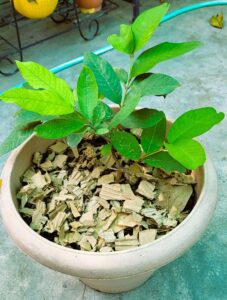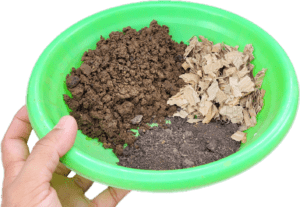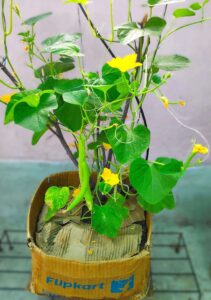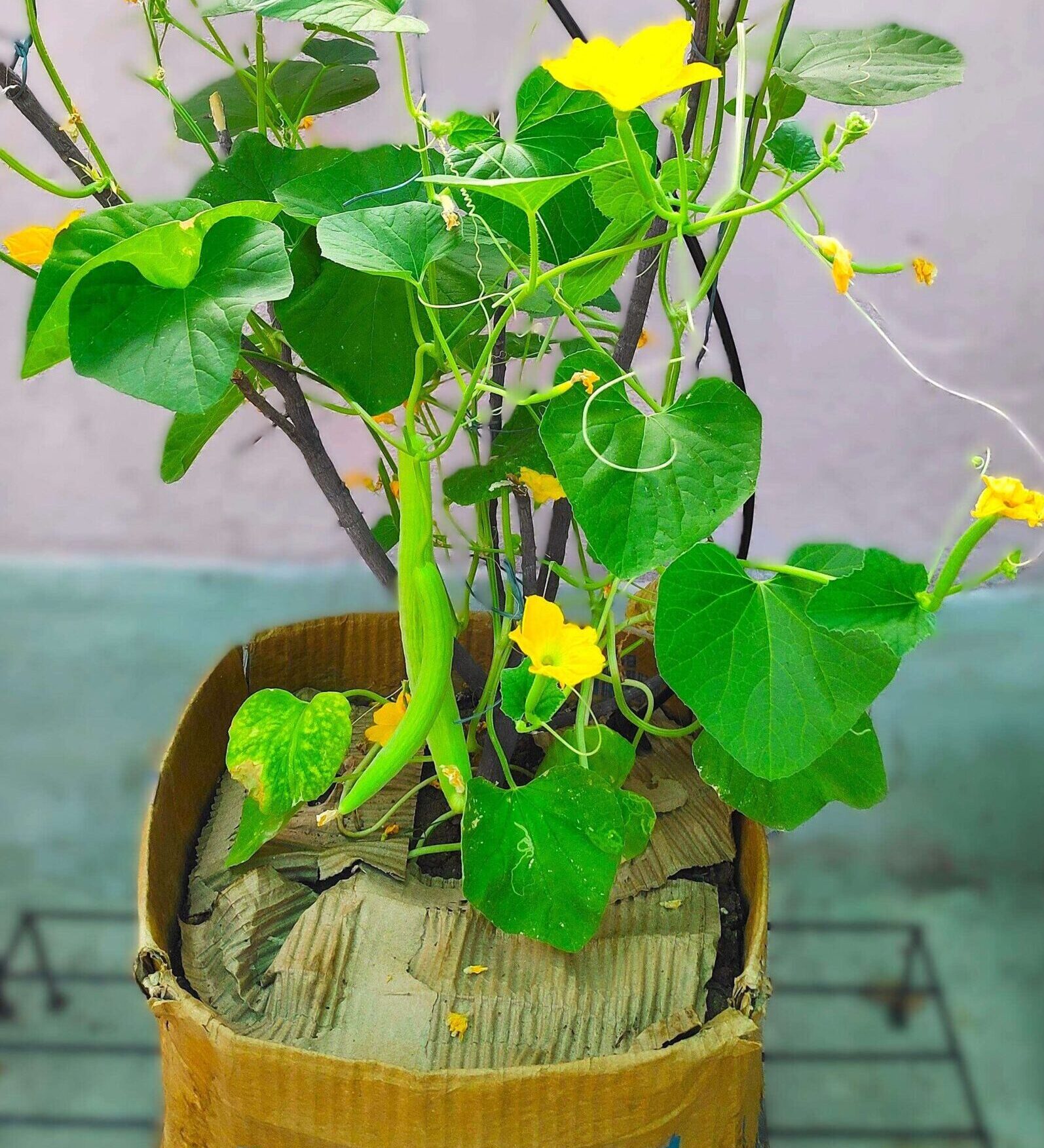Friends, if you are fond of gardening, you must be keeping an eye on those useless things that you can use in your garden in some way.
One of those items is cardboard (also known as carton, paperboard, or corrugated box). Yes, the same cardboard that is mainly used for packing, but most people throw it away, thinking it’s useless. However, did you know that if you use this cardboard wisely in your garden, it could offer many benefits?
Cardboard used in Gardening and Horticulture
Since cardboard is made from tree and wood pulp, it is affordable, eco-friendly, and decomposes naturally over time. These features make it perfect for gardening after its original use.
Let’s explore the various ways it can be used in gardening.
Cardboard Weed Suppression
Friends, you might have noticed that unwanted plants, or weeds, often grow in your garden or pots. These weeds continuously absorb nutrients from the soil, which reduces the amount available to your main plants and hampers their growth.
And these unwanted plants grow mostly in the rainy season.

To prevent the germination and growth of unwanted plants and weeds, covering the soil around the plants with a cardboard sheet helps to block sunlight from reaching them. The lack of sunlight effectively suppresses existing weeds and inhibits the germination of new weeds.
Mulching
During hot summers, ensuring adequate soil moisture for healthy plant growth becomes a crucial concern for gardeners. One innovative and environment-friendly solution lies in the utilization of cardboard mulch.

Applying a single layer of chopped or shredded cardboard around the base of your plants or directly in pots can significantly reduce water evaporation from the soil surface, keeping it damp for extended periods.
Soil Amendment
Cardboard provides a significant amount of carbon-rich material that greatly enhances soil structure and helps water drain better through the soil mix. Hence unlike cocopeat and rice husk, it can also be used as a soil amendment.

When we incorporate small pieces of cardboard into the soil, they gradually break down with exposure to soil and water. As they decompose, they contribute carbon-rich material to the soil.
This helps maintain a healthy balance of carbon and nitrogen in the soil, which is essential for plant growth and overall soil fertility.
For Composting
A carton is primarily composed of wood and plant fibers, which is a readily available and biodegradable material. This means it decomposes naturally in the soil, unlike leaves.
It contains carbon, which is an essential ingredient for successful composting. By mixing chopped carton pieces (30-40%) with nitrogen-rich materials like vegetable scraps, fruit peels, or cow manure, you can create a balanced compost pile (full of nutrients) that promotes healthy plant growth.
As a Temporary Pot
Some corrugated carton boxes are quite durable, and even under constant exposure to moisture and direct contact with soil, they can last long. In most cases, they won’t break down for 5-6 months, especially if they stay in the same spot.

I love using such sturdy carton boxes as a planter in my garden to cultivate seasonal crops including vegetables like tomatoes, peppers, and peas, or seasonal flowers like pansies, daisies, and marigolds. It is also a suitable option for germinating seeds.
However, to grow plants successfully in a cardboard box, avoid shifting and overwatering them.
But, keep in mind that they are composed of biodegradable materials, therefore do not use them to grow permanent plants.
Cardboard Greenhouse
Using a cardboard box as a greenhouse is an easy and cost-effective solution for small-scale gardening.
Simply cut the open side of the box and place your seedlings or plants inside the box now cover it with transparent polyethylene to trap heat and moisture just like a greenhouse.
This creates a warm, sheltered environment to grow new plants and protect them from insects. However, be sure to include some small holes in the box for sufficient ventilation to avoid overheating and maintain air circulation.
Things To Keep In Mind While Using It
- Avoid using glossy or colored cardboard for gardening as such cardboard can spoil your soil.
- For optimal performance, ensure all tape and pins are removed prior to use.
- To facilitate faster decomposition, chop the carton boxes into smaller pieces before incorporating them into the soil.
- It is recommended to use thick cardboard to prevent weeds as it is both sturdy and decomposes slowly, which aids in long-term weed suppression.
- Use a thick and corrugated box to grow plants.
At last, I would say that using carton boxes in your garden not only helps the environment by reusing them instead of throwing them away, but it also offers a natural way to feed your plants.
So next time you have cardboard, think of ways to use it instead of throwing it away.

